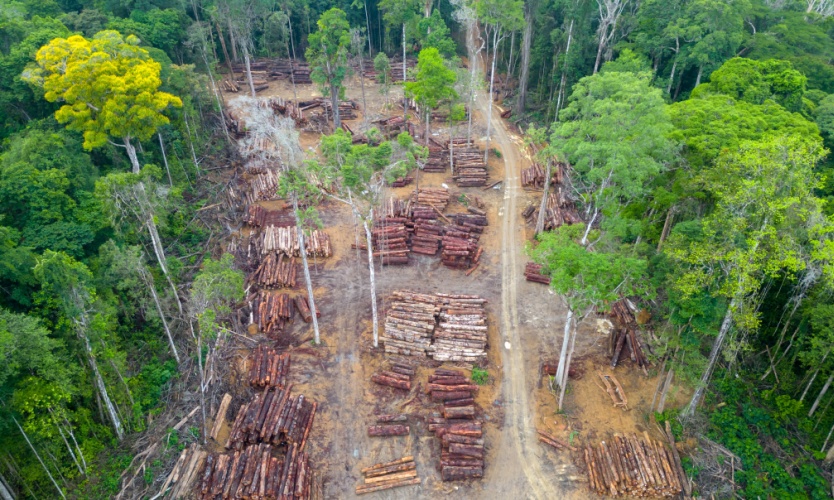State high court rules for logger in workers comp case
- October 14, 2025
- Posted by: Web workers
- Category: Workers Comp

The Idaho Supreme Court ruled that a logger met his burden of proving he had developed an occupational disease affecting his back.
Stephen Lowery worked in the logging industry for most of his adult life, according to the ruling in Lowery v. Galen Kuykendall Logging published Wednesday. In the early 1990s, he suffered an L5-S1disc herniation and bulging disc at L4-5, which he related to his employment.
He underwent back surgery in 1993 and received a 10% impairment rating.
In 2002, Mr. Lowery injured his back again. A magnetic resonance imaging scan showed degenerative disc disease at L5-S1 with associated left-sided foraminal stenosis. Mild disc bulging was identified at L4-5, along with disc dehydration at L3-4.
Lowery underwent back surgery again in 2003.
Diagnostic imaging in 2004 showed a failed fusion at L5-S1, minimal disc bulging at L3-4 and L4-5 and signs of probable arachnoiditis below the L4 level. Diagnostic imaging in 2005 showed a possible slight left-sided bulge at L2-3. At L3-4, no sign of herniation was seen, nor any sign of neuroforaminal compromise. At L4-5, a mild broad-based disc bulge was seen but without neural compromise. At L5-S1, nonunion of the previous fusion was again suspected.
Mr. Lowery underwent a procedure to redo the L5-S1 fusion a month later. He received an impairment rating of 27%.
He began working for Galen Kuykendall Logging in 2010.
In 2015, Mr. Lowery underwent a computed tomography scan of the lumbar spine, which showed multilevel degenerative changes, with disc space narrowing and vacuum disc disease most significant at the thoracolumbar junction at T12-L1 and L1-2.
He underwent a magnetic resonance imaging scan in October 2016, which revealed significant changes at the levels above the previous L5-S1 fusion, notably at L3-4.
Diagnostic imaging in 2018 showed severe desiccation of L1-2 and bulging at L2-3, L3-4 and L4-5. An MRI in 2019 showed severe stenosis with listhesis at L3-4 and stenosis at L2-3.
Dr. Jeffrey Larson recommended an L3-4 fusion, which he performed in December 2019.
Mr. Lowery led a workers compensation claim against Kuykendall, seeking coverage for the L3-L4 fusion and other benefits.
Kuykendall contested the claim, contending that the logger’s L3-4 injury was a preexisting condition.
A workers compensation referee recommended that the Industrial Commission deny the claim. The commission rejected the referee’s recommendation and found that Mr. Lowery’s L3-4 injury was a compensable occupational disease.
The commission also found that Lowery was last injuriously exposed to the hazards of his disease while working for Kuykendall.
The Idaho Supreme Court said the commission properly weighed the expert opinions presented by the parties and found it more credible that Mr. Lowery’s symptoms arose during his employment as a logger instead of as a natural progression of his age and genetics.
The court also said the commission’s factual finding — that the hazards to which Mr. Lowery was exposed caused his L3-4 lesion — was supported by substantial and competent evidence.
An occupational disease exists under the workers’ compensation law when it first manifests, the court continued, finding that the commission did not err in determining that the date of manifestation occurred while Kuykendall employed Mr. Lowery.
The court said the commission did not err in relying on the earliest date Lowery was informed that he was suffering from degeneration.
WorkCompCentral is a sister publication of Business Insurance. More stories here.



